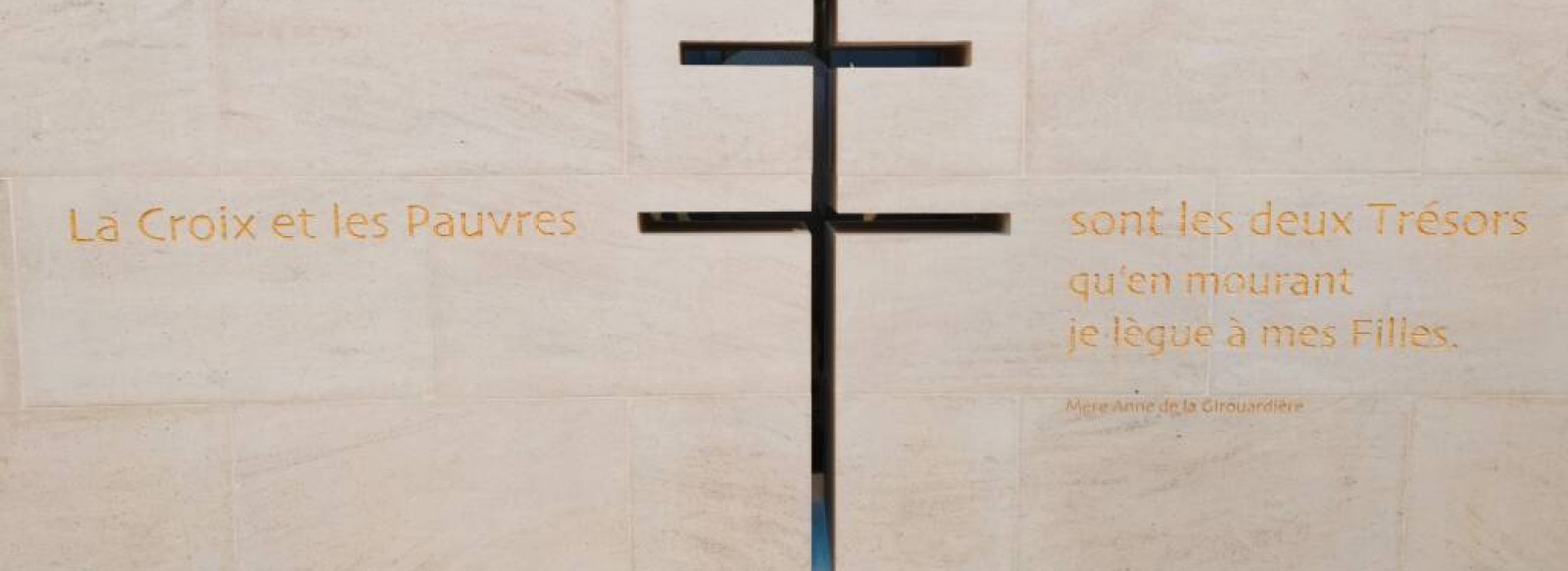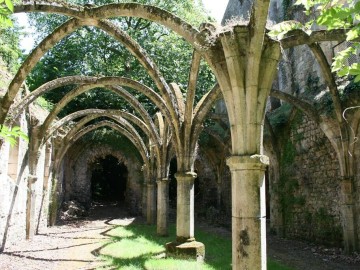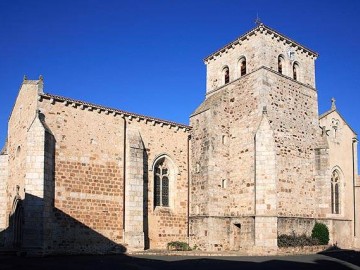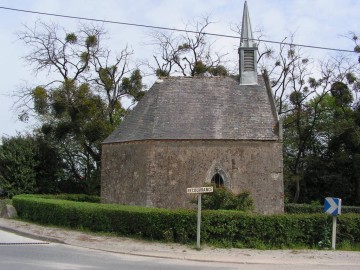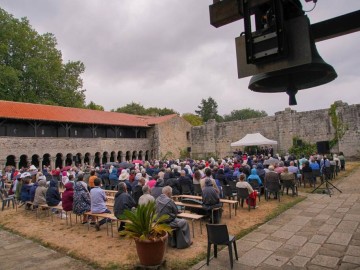Return to the list
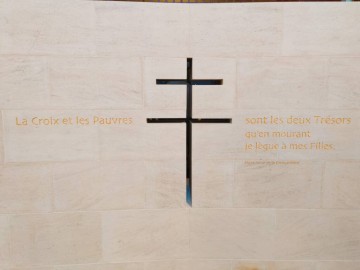
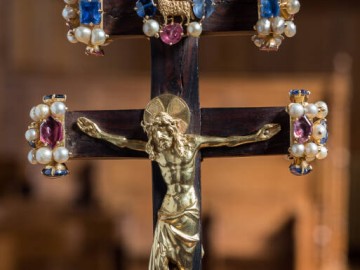
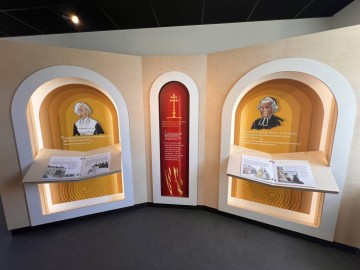
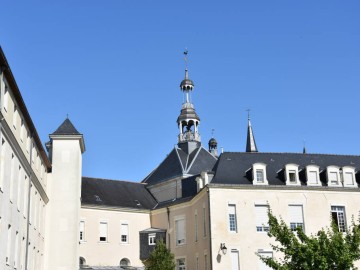
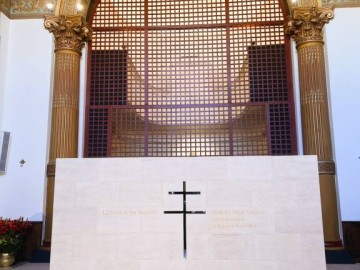
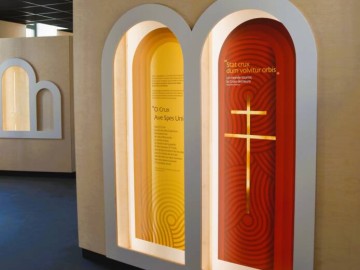
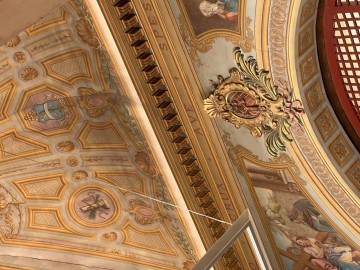
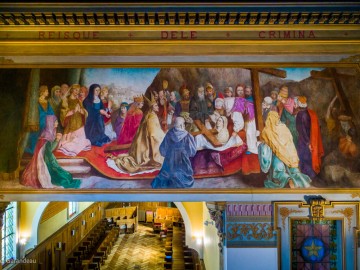
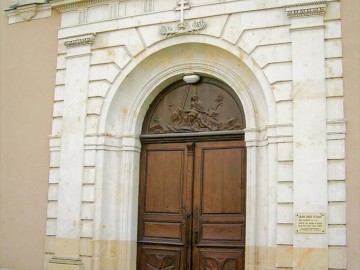
Sanctuaire de la Vraie Croix d'Anjou
Admire the relic of the True Cross of Anjou, richly adorned with precious stones, which has been in Baugé since 1790.
Address :
8 rue de la Girouardière
Baugé
49150 BAUGE-EN-ANJOU
FRANCE
8 rue de la Girouardière
Baugé
49150 BAUGE-EN-ANJOU
FRANCE
Contact: Sanctuaire de la Vraie Croix d'Anjou
For further information, please contact the service provider directly by completing the form below
Presentation of: Sanctuaire de la Vraie Croix d'Anjou
Come and discover THE treasure of Baugé, the True Cross of Anjou, in a new setting!
Enter the Chapelle de la Girouardière, which has been refurbished so that everyone can admire the relic of the True Cross.
From its origins to the present day, discover its history, its link with the history of the Congrégation des Filles du Coeur de Marie founded by Father René Bérault and Anne de la Girouardière in 1790, and its influence in our history: the Cross of Anjou, of Lorraine, emblem of Free France.
In 1790, the sisters of la Girouardière received a piece of the True Cross of Christ. This double-crossed relic was brought back from the Crusades in the 13th century and entrusted to the Abbaye de La Boissière, in Denezé-sous-le-Lude, where a chapel was built to serve as its reliquary. It was then entrusted to the Duke of Anjou Louis I, who decided to have it adorned with jewels. It became the emblem of Anjou, then in the 15th century of Lorraine. During the French Revolution, La Croix was declared national property and put up for auction in Baugé. Anne de la Girouardière bought it and made it the symbol of the community and of the Hospice des Incurables that she had just created. In the 20th century, General de Gaulle made this double-beamed cross the symbol of Free France. Today, the True Cross is still preserved and venerated in the Girouardière chapel in Baugé.
Enter the Chapelle de la Girouardière, which has been refurbished so that everyone can admire the relic of the True Cross.
From its origins to the present day, discover its history, its link with the history of the Congrégation des Filles du Coeur de Marie founded by Father René Bérault and Anne de la Girouardière in 1790, and its influence in our history: the Cross of Anjou, of Lorraine, emblem of Free France.
In 1790, the sisters of la Girouardière received a piece of the True Cross of Christ. This double-crossed relic was brought back from the Crusades in the 13th century and entrusted to the Abbaye de La Boissière, in Denezé-sous-le-Lude, where a chapel was built to serve as its reliquary. It was then entrusted to the Duke of Anjou Louis I, who decided to have it adorned with jewels. It became the emblem of Anjou, then in the 15th century of Lorraine. During the French Revolution, La Croix was declared national property and put up for auction in Baugé. Anne de la Girouardière bought it and made it the symbol of the community and of the Hospice des Incurables that she had just created. In the 20th century, General de Gaulle made this double-beamed cross the symbol of Free France. Today, the True Cross is still preserved and venerated in the Girouardière chapel in Baugé.
Book online
Opening times
from 15/06/2025 to 21/09/2025
Sunday
from 14:30 to 17:00
Monday
from 10:00 to 12:00
and
from 14:30 to 17:00
Tuesday
from 10:00 to 12:00
and
from 14:30 to 17:00
Wednesday
from 10:00 to 12:00
and
from 14:30 to 17:00
Thursday
from 10:00 to 12:00
and
from 14:30 to 17:00
Friday
from 10:00 to 12:00
and
from 14:30 to 17:00
Saturday
from 10:00 to 12:00
and
from 14:30 to 17:00
Closing days: Fermeture le 28/06, le 26 et 27/07
Opening days: Dernière entrée 30 minutes avant la fermeture
from 22/09/2025 to 31/12/2025
Display all dates
Sunday
from 14:30 to 17:00
Monday
from 14:30 to 17:00
Wednesday
from 14:30 to 17:00
Thursday
from 14:30 to 17:00
Friday
from 14:30 to 17:00
Saturday
from 14:30 to 17:00
Closing days: Fermeture le 25/12 et le 31/12
Opening days: Dernière entrée 30 minutes avant la fermeture
Site theme
Chapel
Free
yes
Visits
Free tours (individuelles): Yes
Guided tours on request (individuelles): Yes
Guided tours (individuelles): Yes
Free tours (groupes): Yes
Guided tours on request (groupes): Yes
Guided tours (groupes): Yes
Average duration of visit (groupes) : @duration of visit
Visit languages
Visit: French, English, Spanish
Billboards: French
Access map, location
Road (national / local): 0 Km
Motorway: 20 Km
Airport / aerodrome: 20 Km
SNCF train station: 40 Km
Bus station: 40 Km
Public transport: 0 Km
Spoken language
Spanish
French
Services
Shop
Further information
Groups accepted from 1 to 60 persons
Pets not allowed









